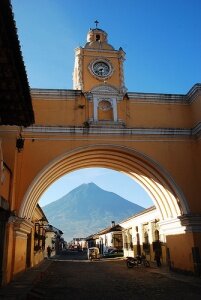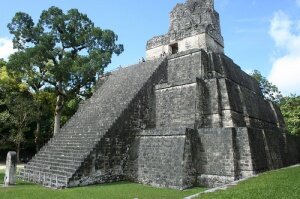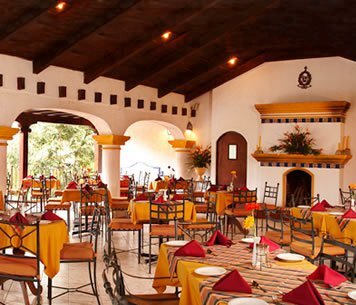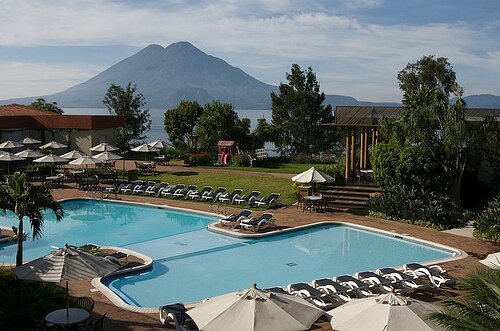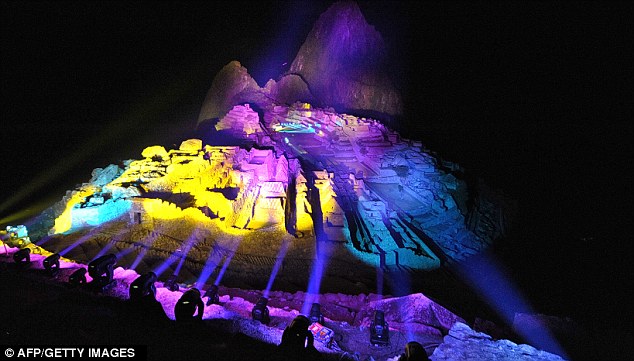On November 11, 2011, the New 7 Wonders of Nature were finally announced after a four-year voting period. The list features the most impressive natural spots on Earth according to millions of voters all over the world. The winners of the provisional count (the final count will be announced in early 2012) are:
1. The Amazon
2. Halong Bay
3. Iguazu Falls
4. Jeju Island
5. Komodo
6. Puerto Princesa Underground River
7. Table Mountain
We are absolutely thrilled that the Amazon topped the list! It's such a significant place--not only is it one of the world's most biodiverse regions, it also produces 20 percent of the Earth's oxygen, earning the nickname the "lungs" of our planet.
Here we share a selection of sustainable hotels in Peru and Ecuador where you can enjoy the beauty of the Amazon rainforest while also supporting its preservation.
Kapawi Ecolodge & Reserve, Ecuador
Kapawi Ecolodge is located near the junction of the Pastaza and Capahuari Rivers, close to the national border with Peru. This exclusive, sustainable ecolodge was built with local materials and traditional techniques using low-impact, environmentally-friendly technologies. The lodge belongs to the local indigenous Achuar people and offers many comforts, as well as a boutique with handcrafts made by the Achuar. Highlights include a wide spectrum of wildlife, and many places where you can observe diverse flora and fauna, such as balconies, hammocks and lounge chairs.

Sani Lodge, Ecuador
Sani Lodge is very unique–not only is it fully owned and operated by the indigenous Kichwa Sani Island community, it also manages and protects the largest expanse of tropical moist forest in all of Ecuador. With black caimans that can reach 16 feet (5 meters), rare and threatened "chorongo" monkeys, 550 bird species, 13 species of primates, and more than 100 species of amphibians, Sani Lodge offers a wide array of wildlife watching opportunities.
 |
 |
Manatee Amazon Explorer, Ecuador
The Manatee Amazon Explorer is an exclusive floating hotel in the Ecuadorian Amazon, offering guided excursions and four, five, and eight-day cruises that visit indigenous communities and explore rivers where you can discover unique plants and animals. The friendly staff, excellent nature guides, and brilliant natural surroundings make this trip unforgettable.
 |
 |
Inkaterra Reserva Amazonica, Peru
Inkaterra Reserva Amazonica is a comfortable, elegant retreat located by the Madre de Dios River in the Tambopata National Reserve, a region widely known as Peru's biodiversity capital. Visitors can enjoy a range of land and river tours as well as easy access to a 29,650-acre (12,000-hectare) private rainforest reserve. As part of the Peruvian research organization Inkaterra, which has more than 35 years of experience in sustainable tourism, environmental and social preservation are a key aspect of this hotel.
 |
 |
Wasai Tambopata Lodge, Peru
This lodge is located in the heart of the Amazon, on the banks of the Tambopata River in the Tambopata Candamo National Reserve, a place of abundant natural beauty. Surrounded by primary rainforest, there are 12 miles (20 km) of trails through private and protected areas of forest that host a great variety of birds, mammals, and amphibians. Other exciting attractions in the region include the local community of Baltimore, the El Gato Waterfalls, the Bahuaja Sonene National Park with a spectacular parrot clay lick, and the majestic Lake Sandoval, where families of otters live.

For more information on sustainable travel, visit SustainableTrip's sustainable tourism section, or the Country Walkers website, an initiative that released a beautiful guide to community-based tourism in the Ecuadorian Amazon.
We hope that we've inspired you to visit this unique part of the world, where the most rare and awe-inspiring plant and wildlife species still thrive!

















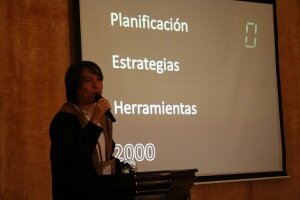 Presentation held by the Vice President of Sustainable Tourism, Ronald Sanabria.
Presentation held by the Vice President of Sustainable Tourism, Ronald Sanabria.
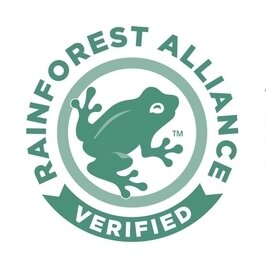
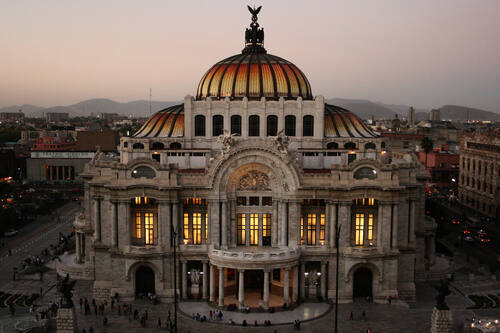 Palacio de Bellas Artes (17/02/2007) © Esparta / Esparta.
Palacio de Bellas Artes (17/02/2007) © Esparta / Esparta.




